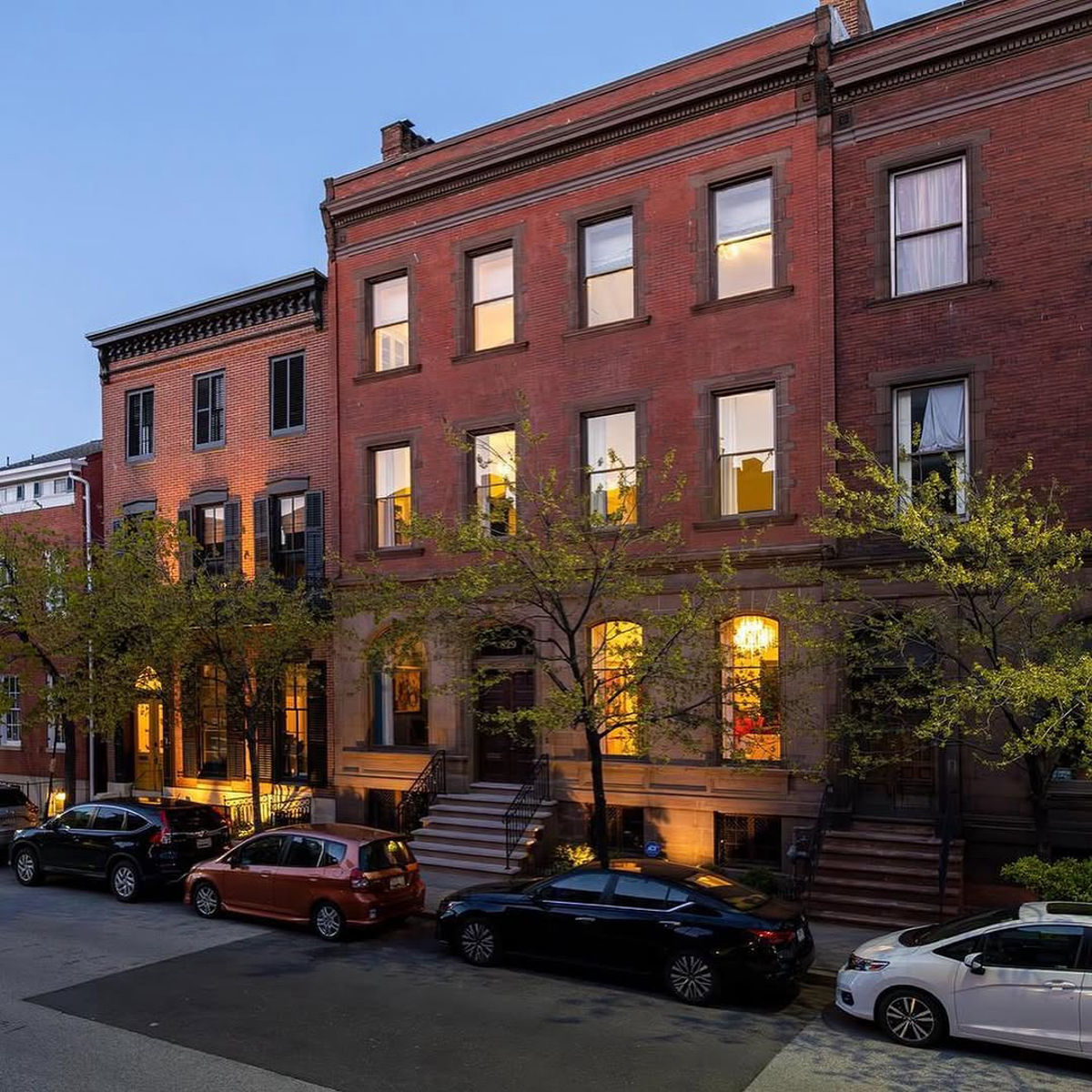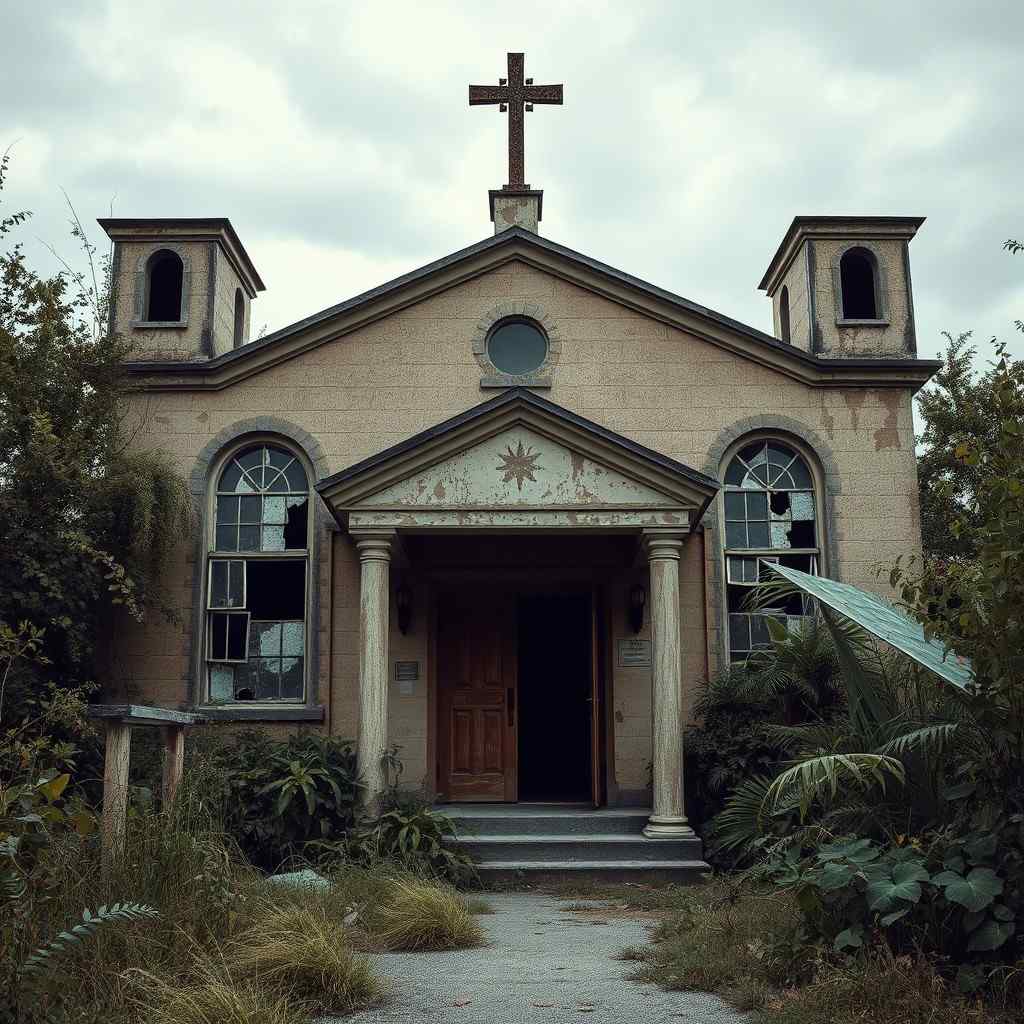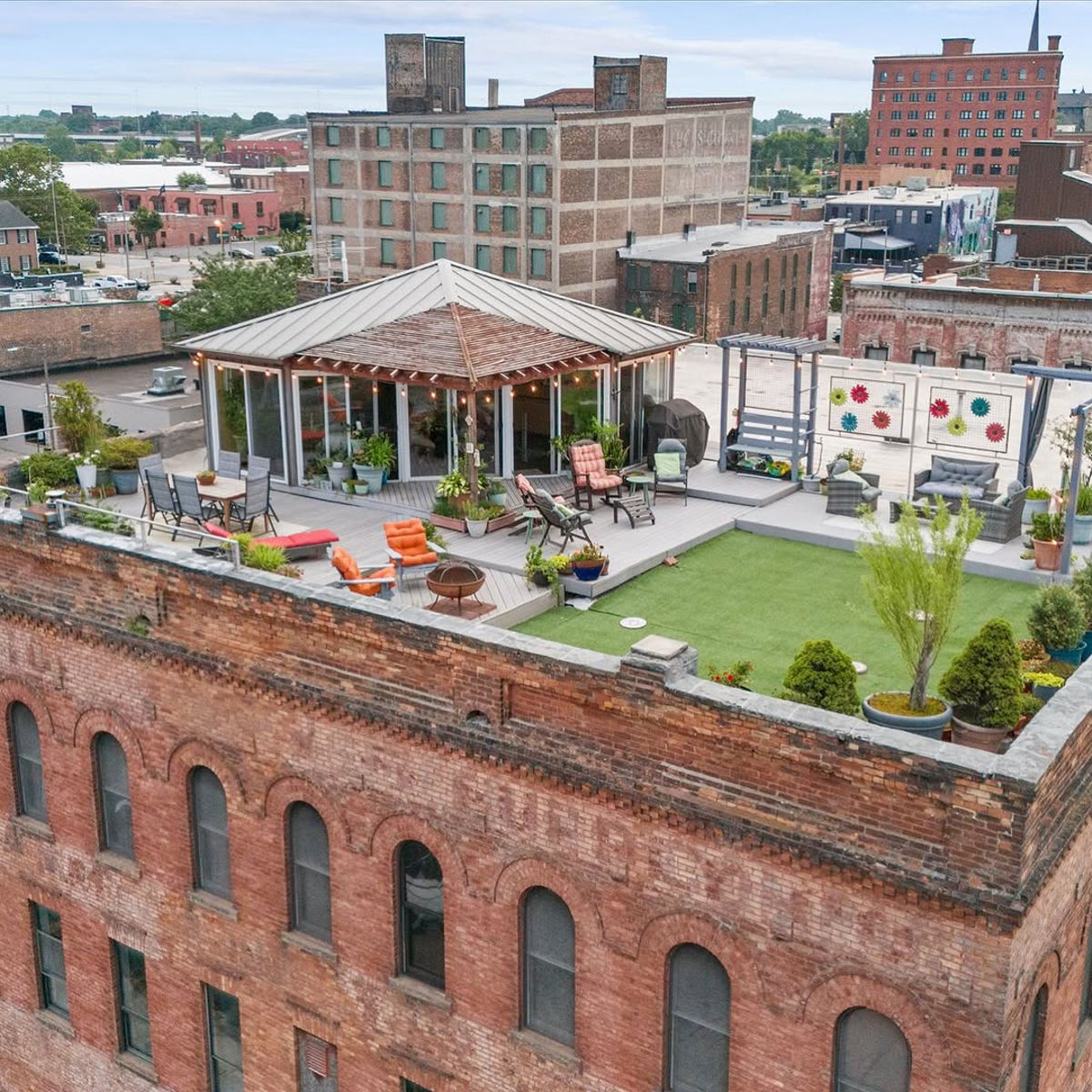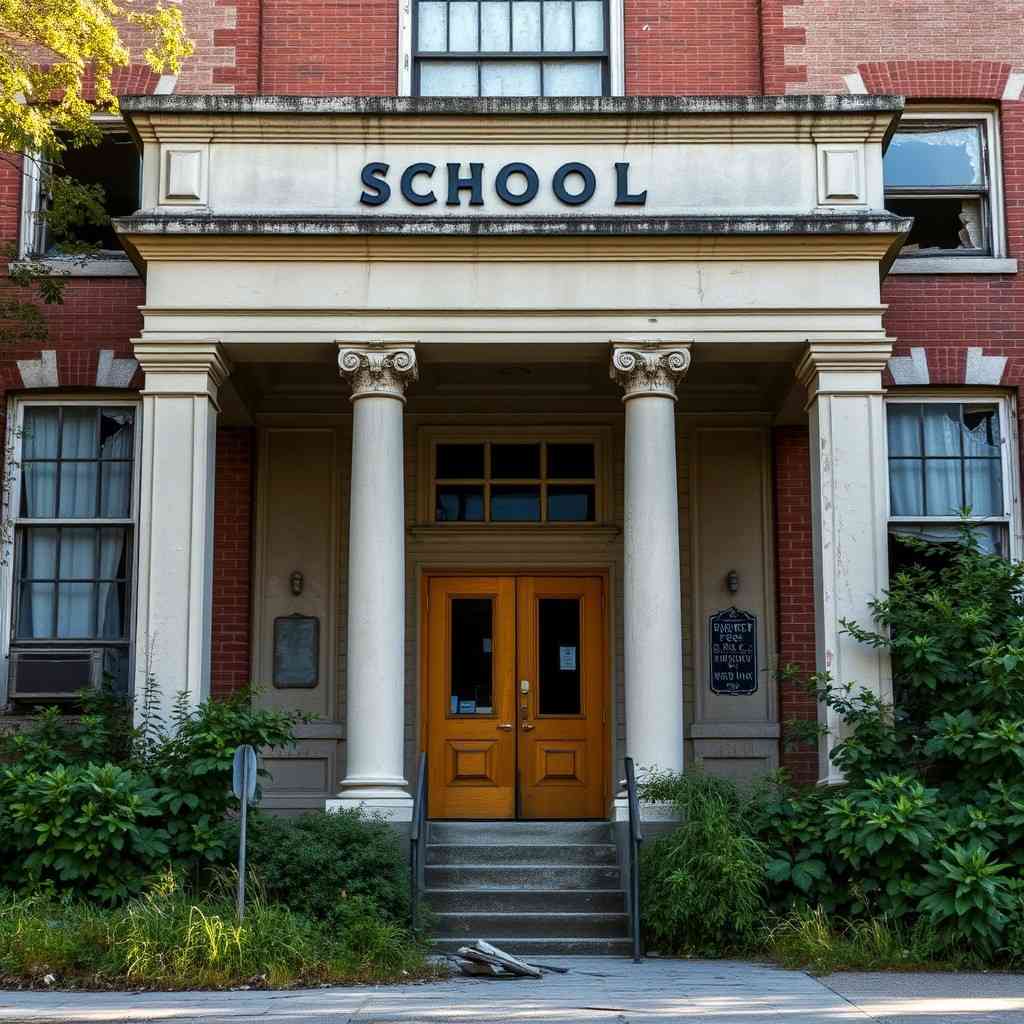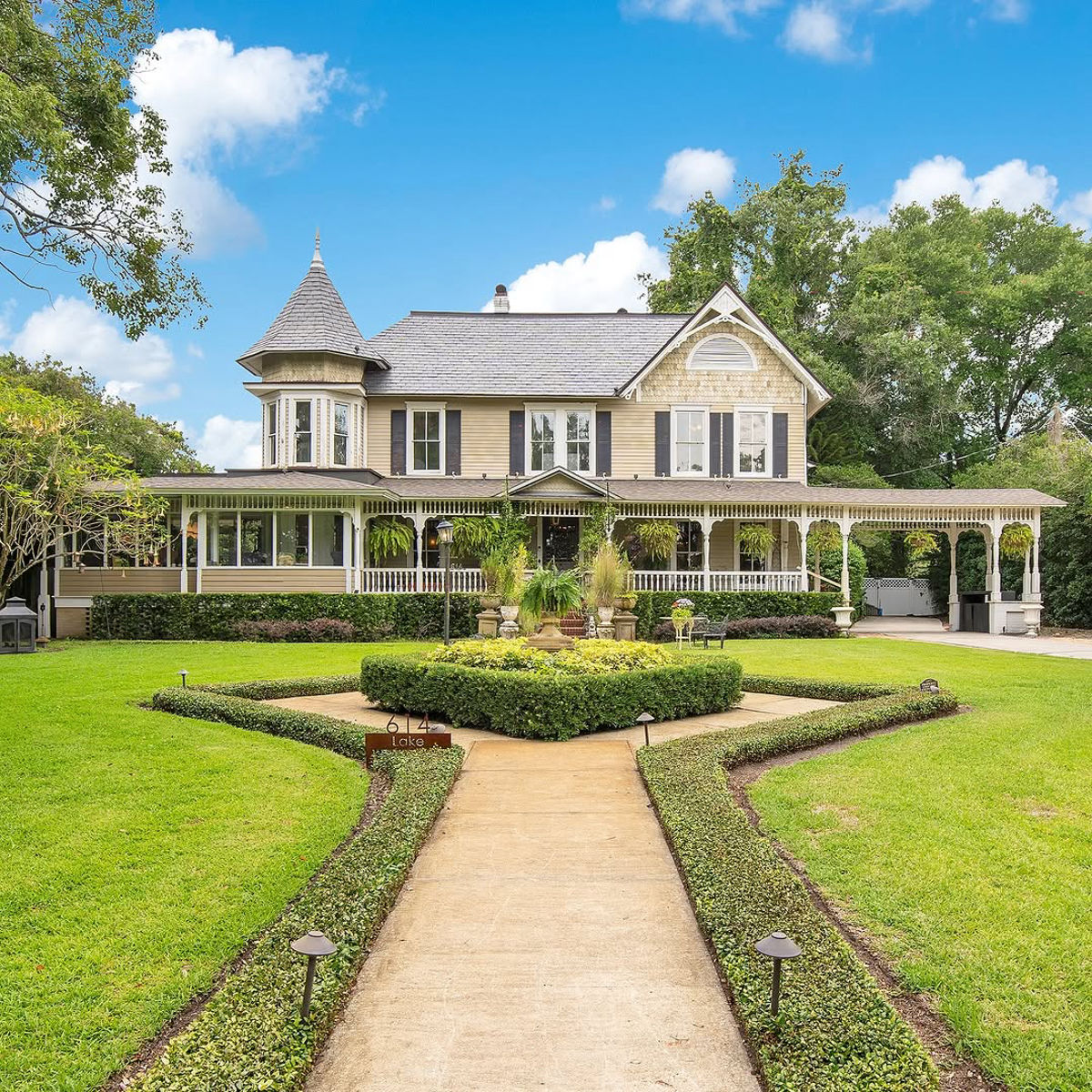When urban explorers stumble upon an abandoned hotel with a dark past, they’re not just discovering empty rooms and dusty lobbies—they’re uncovering pieces of American history that many would prefer to forget. These decaying monuments to hospitality often harbor secrets, tragedies, and mysteries that make them some of the most compelling destinations for those brave enough to explore before they get trashed by vandals or demolished by developers.
America’s Most Notorious Abandoned Hotels with Dark Histories
Across the United States, countless hotels have closed their doors forever, leaving behind more than just empty rooms. Many of these establishments carry dark legacies involving mysterious deaths, criminal activities, paranormal encounters, and tragic events that shaped their ultimate abandonment.
The Psychology Behind Dark Hotel Histories
Hotels, by their very nature, are transient spaces where thousands of strangers have slept, lived, loved, and sometimes died. This constant turnover of human experience creates an atmosphere ripe for both documented tragedies and urban legends. When these establishments become abandoned, their dark pasts seem to linger in the empty hallways and vacant rooms.
The temporary nature of hotel stays also means that many incidents go unreported or are quickly covered up to protect the establishment’s reputation. However, when hotels finally close, these buried stories often resurface, creating the “dark past” narratives that fascinate urban explorers and paranormal investigators.
Famous Abandoned Hotels and Their Disturbing Stories
The Overlook-Style Mountain Resorts
Throughout the American West and Northeast, grand mountain resort hotels from the early 1900s stand abandoned, their dark histories echoing through empty ballrooms and deserted guest wings. These establishments often witnessed isolation-induced tragedies, staff disappearances, and mysterious guest deaths during harsh winter months.
One particularly infamous mountain hotel in Colorado closed after a series of unexplained deaths during the 1970s. Guests reported feeling watched, hearing footsteps in empty corridors, and experiencing sudden temperature drops in specific rooms. The hotel’s isolation made it difficult to investigate these incidents thoroughly, leading to speculation and fear that ultimately drove away customers.
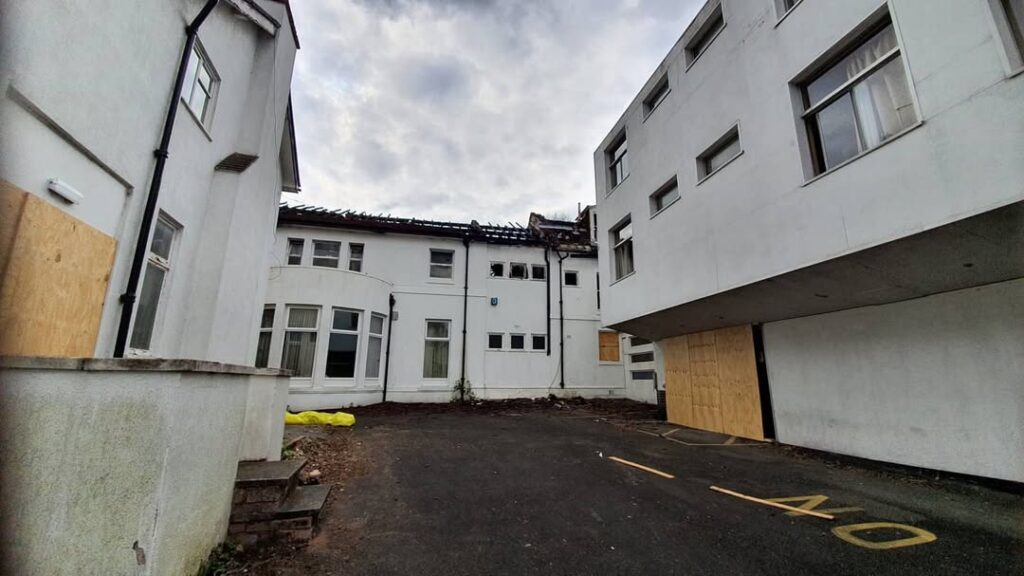
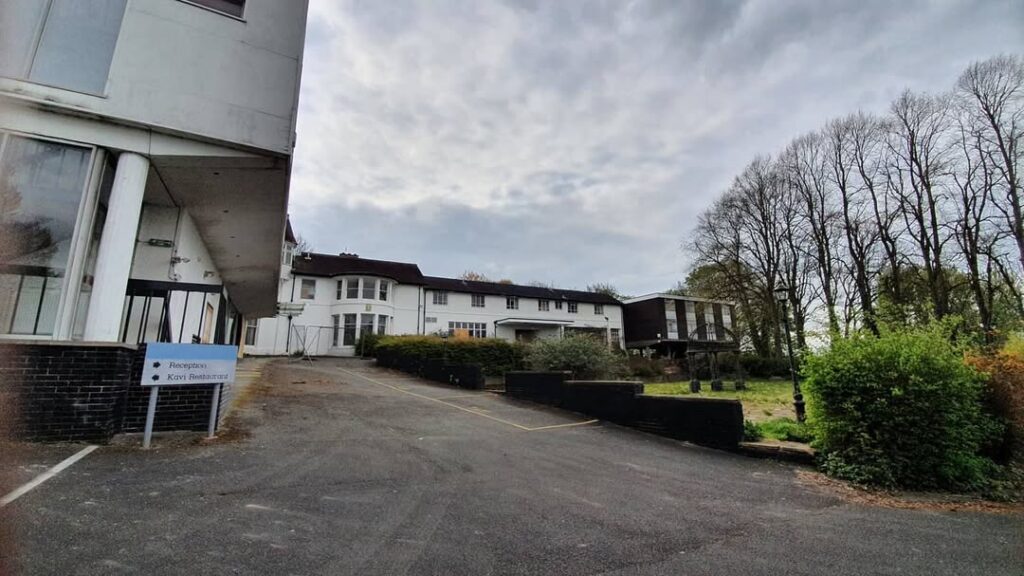
Urban Hotels with Criminal Connections
Many abandoned city hotels carry dark pasts involving organized crime, illegal activities, and violence. During Prohibition and the subsequent decades, numerous hotels served as fronts for illegal operations or provided safe houses for criminals.
A notorious example involves a Detroit hotel that closed in the 1980s after decades of serving as a meeting place for organized crime figures. The building’s basement allegedly contained hidden rooms used for illegal gambling and worse activities. Urban explorers who’ve ventured inside report finding remnants of these operations, including safes, hidden passages, and rooms with no official blueprints.
Seaside Hotels and Maritime Tragedies
Coastal hotels often carry dark histories connected to maritime disasters, smuggling operations, and the harsh realities of life by the sea. These establishments frequently served as temporary morgues during shipwrecks and natural disasters, creating lasting psychological impressions on the buildings themselves.
Why These Hotels Get Abandoned
Economic Factors and Market Changes
The hospitality industry is particularly vulnerable to economic downturns, changing travel patterns, and competition from modern hotel chains. Hotels with dark histories face additional challenges as negative publicity and paranormal reputations can deter guests, making operations unsustainable.
Many historic hotels also struggle with the high costs of maintaining aging infrastructure, updating safety systems, and meeting modern accessibility requirements. When combined with declining occupancy rates due to their dark reputations, these financial pressures often force closure.
Legal and Insurance Complications
Hotels with documented histories of deaths, accidents, or criminal activities face significant legal and insurance challenges. Higher insurance premiums, liability concerns, and potential lawsuits from guests can make continued operation financially impossible.
Some hotels close temporarily following tragic incidents, intending to reopen after renovations or rebranding efforts. However, the combination of financial losses during closure, renovation costs, and persistent negative publicity often prevents reopening, leading to permanent abandonment.
The Urban Explorer’s Perspective
Documenting History Before Destruction
Urban explorers who venture into abandoned hotels with dark pasts often feel a sense of urgency to document these spaces before they’re destroyed by vandalism, weather, or demolition. These photographers and adventurers serve as unofficial historians, preserving visual records of places that society would rather forget.
The phrase “so glad I got to explore it before it gets trashed” reflects the reality that abandoned buildings have limited lifespans. Vandals, scavengers, and the elements quickly destroy whatever historical artifacts and architectural features remain in these spaces.
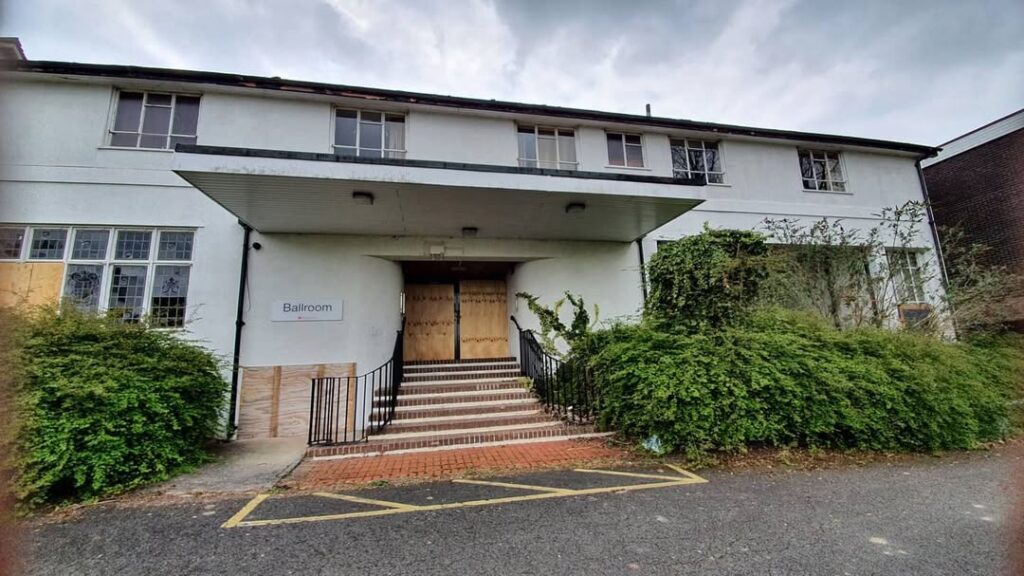
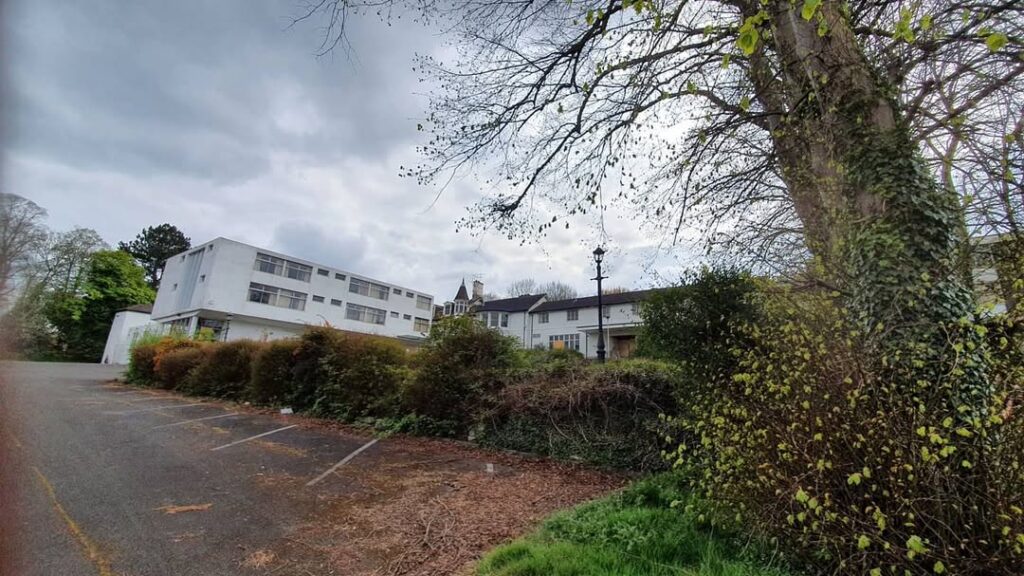
The Ethics of Dark Tourism
Exploring abandoned hotels with tragic histories raises ethical questions about respecting the memory of those who suffered or died in these locations. Responsible urban explorers approach these sites with reverence, focusing on historical documentation rather than sensationalism.
Many explorers report feeling a responsibility to tell the stories of these places accurately, separating documented history from urban legends and supernatural claims. This approach helps preserve the real human stories behind the dark pasts while avoiding exploitation of tragedy.
Common Types of Dark Hotel Histories
Mysterious Deaths and Disappearances
Hotels naturally see their share of deaths due to the large number of guests they accommodate over decades of operation. However, some establishments accumulate unusually high numbers of unexplained deaths, mysterious disappearances, or suspicious circumstances that create dark reputations.
Room-specific incidents often become part of hotel folklore, with particular rooms earning reputations for tragedy. When hotels finally close, these stories become part of their abandoned legacy, attracting urban explorers curious about the truth behind the legends.
Criminal Activities and Illegal Operations
Many hotels with dark histories served as centers for illegal activities ranging from gambling and prostitution to drug trafficking and organized crime meetings. The transient nature of hotel guests made these establishments ideal for criminal operations that needed to avoid law enforcement attention.
Evidence of these activities sometimes survives abandonment, including modified rooms, hidden compartments, and architectural features designed to facilitate illegal operations. Urban explorers occasionally discover these remnants, providing physical evidence of the hotels’ dark pasts.
Staff Tragedies and Workplace Incidents
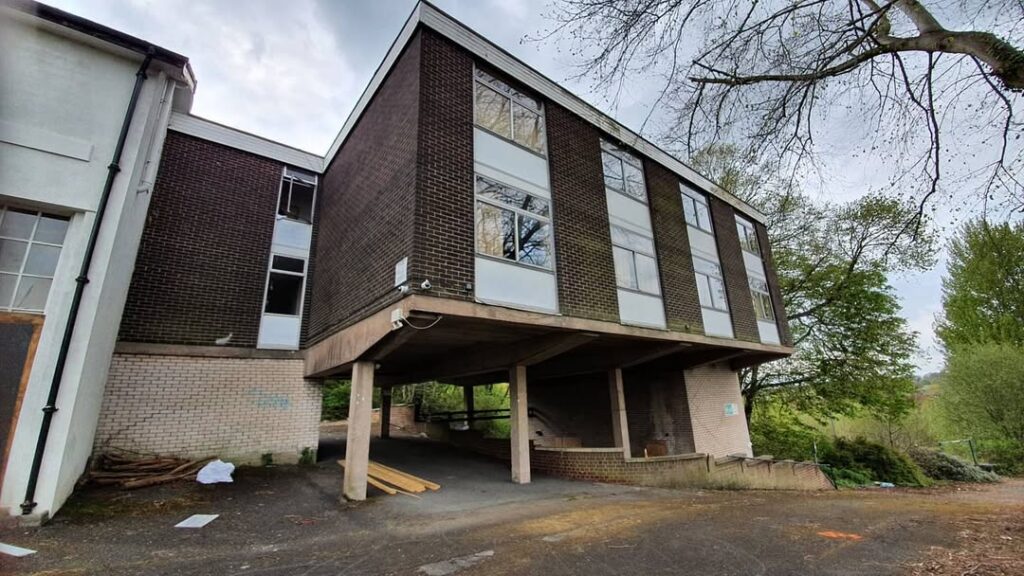
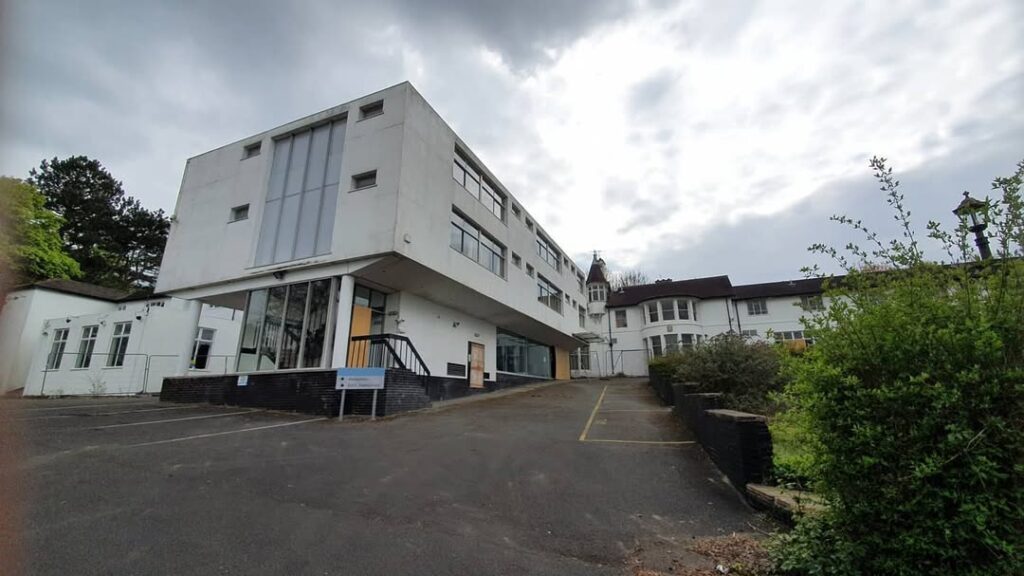
Hotel employees often lived on-site, especially in historic establishments, making them witnesses to and sometimes victims of the dark events that occurred in these buildings. Staff quarters, service areas, and employee facilities sometimes hold the most disturbing stories from abandoned hotels.
Working conditions in older hotels were often dangerous, with inadequate safety measures and equipment. Fatal accidents involving elevators, kitchen equipment, and maintenance work contributed to some hotels’ dark reputations, especially when management attempted to cover up incidents to avoid liability.
Architectural Features That Tell Dark Stories
Hidden Passages and Secret Rooms
Many abandoned hotels contain hidden architectural features that hint at their dark pasts. Secret passages between rooms, concealed staircases, and rooms not shown on official floor plans often indicate the buildings’ use for illegal activities.
These features fascinate urban explorers because they provide tangible evidence of the hotels’ hidden histories. Discovering a concealed room or passage can reveal previously unknown aspects of a building’s dark past, making exploration feel like detective work.
Modified Rooms and Unusual Layouts
Rooms that have been significantly modified from their original hotel configurations often indicate specific uses related to the building’s dark history. Reinforced doors, removed windows, or unusual plumbing installations can suggest these spaces served purposes beyond normal guest accommodation.
Basement areas and sub-basements frequently contain the most evidence of hotels’ dark activities. These spaces, hidden from guest view, often housed illegal operations, storage for contraband, or worse activities that contributed to the buildings’ sinister reputations.
The Race Against Time: Documentation vs. Destruction
Vandalism and Decay
Abandoned hotels face constant threats from vandalism, theft, and natural decay. Urban explorers often describe a sense of urgency when documenting these spaces, knowing that each visit might be the last opportunity to capture historical details before they’re destroyed.
Graffiti, broken windows, stolen fixtures, and deliberate destruction can erase historical evidence within months of a building’s abandonment. This rapid deterioration makes early documentation crucial for preserving the stories these buildings tell.
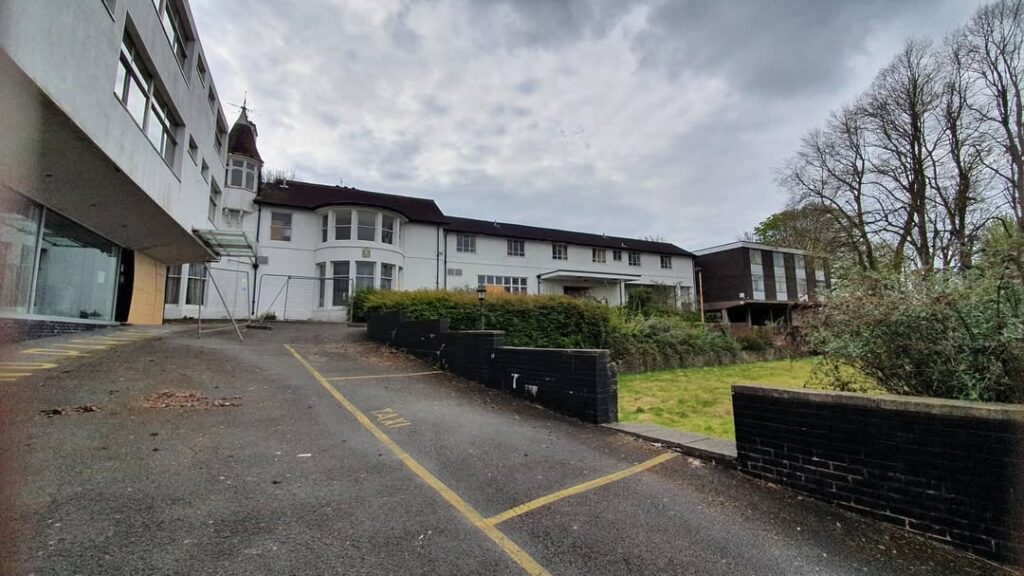
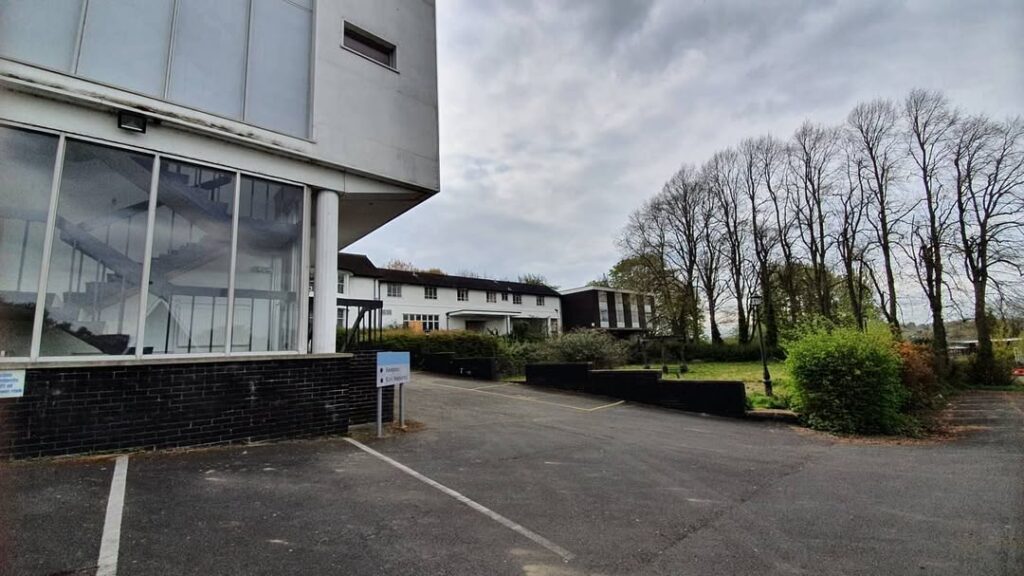
Development Pressure and Demolition
Prime real estate locations occupied by abandoned hotels face constant development pressure. As urban areas grow and property values increase, these buildings become targets for demolition and redevelopment, erasing their dark histories forever.
Many significant hotels with important dark histories have been lost to demolition before their stories could be fully documented or preserved. This reality drives urban explorers to prioritize these sites for exploration and documentation.
Safety Considerations for Hotel Exploration
Structural Hazards in Abandoned Hotels
Multi-story abandoned hotels present unique safety challenges including deteriorating staircases, weakened floors, and potential elevator shaft hazards. The large size of these buildings also increases the risk of becoming lost or trapped during exploration.
Water damage from roof leaks and broken pipes can compromise structural integrity throughout hotel buildings. Mold growth, particularly in humid climates, poses serious health risks for explorers venturing into these environments.
Security and Legal Risks
Abandoned hotels often attract squatters, drug users, and criminal activities, making exploration potentially dangerous due to unexpected human encounters. Security systems may still be active in recently closed hotels, creating legal risks for unauthorized explorers.
Property ownership of abandoned hotels can be complex, involving multiple entities, liens, and legal disputes. Trespassing charges remain possible even when buildings appear completely abandoned and neglected.
Paranormal Aspects and Supernatural Claims
The Psychology of Haunted Hotels
Hotels with dark histories often develop reputations for paranormal activity, whether based on genuine experiences or psychological suggestions created by knowledge of tragic events. The combination of multiple deaths, emotional trauma, and atmospheric architectural features creates environments that seem conducive to supernatural encounters.
Urban explorers frequently report unusual experiences in abandoned hotels, ranging from unexplained sounds and temperature changes to more dramatic claims of apparitions and physical interactions. While these experiences may have natural explanations, they contribute to the buildings’ dark mystique.
Separating Fact from Fiction
Responsible documentation of abandoned hotels requires distinguishing between verified historical events and urban legends that develop around these buildings. Many dark hotel stories contain kernels of truth embellished with supernatural elements or exaggerated details.
Researching historical records, newspaper archives, and official documents helps separate documented facts from folklore, allowing explorers to present accurate information about these buildings’ genuine dark histories.
Regional Variations in Hotel Dark Histories
Northeast Industrial Hotel Tragedies
The industrial Northeast contains numerous abandoned hotels with dark histories related to economic decline, organized crime, and urban decay. These establishments often served transient workers and witnessed violence associated with labor disputes and criminal activities.
Hotels in cities like Detroit, Buffalo, and Cleveland carry particularly dark legacies connected to the regions’ economic collapse and social problems. Many of these buildings remain abandoned decades after closure, their dark pasts preserved in empty rooms and corridors.
Western Ghost Town Hotels
The American West features abandoned hotels in former mining towns and frontier settlements. These establishments often carry dark histories involving lawlessness, violence, and the harsh realities of frontier life.
Isolation and limited law enforcement in these areas meant that hotel incidents were often handled informally, creating gaps in official records while fostering local legends about dark events. Many of these buildings now stand as monuments to the American frontier’s violent past.
Southern Hotels and Civil Rights Era Darkness
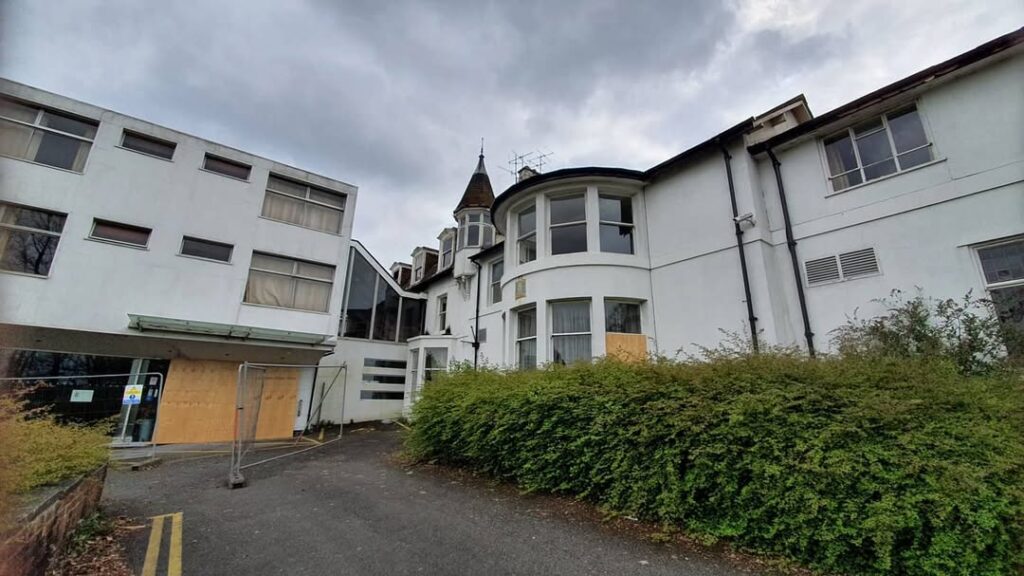
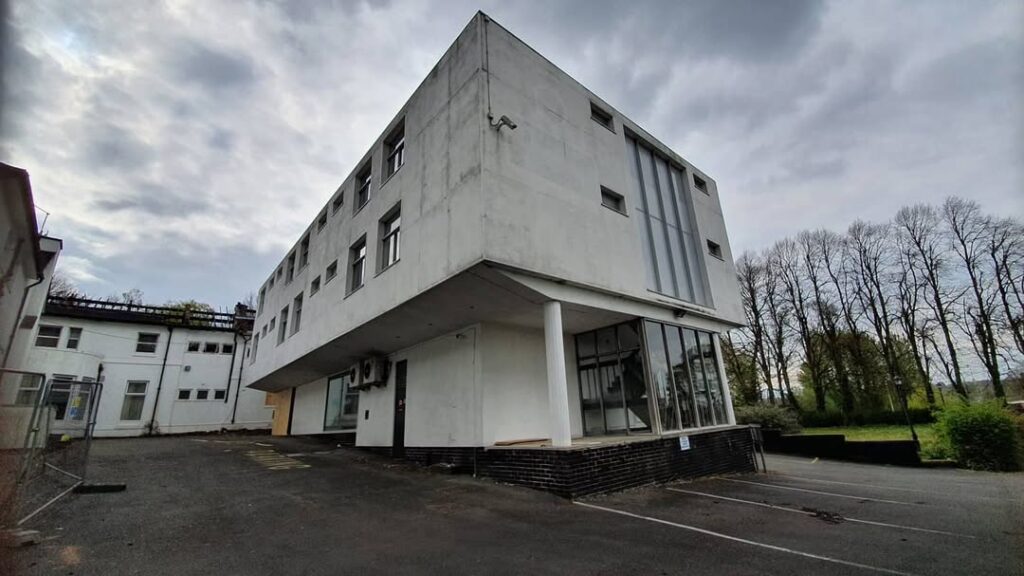
Hotels throughout the American South carry complex dark histories related to segregation, civil rights struggles, and racial violence. Many establishments were sites of significant historical events, both positive and negative, during the civil rights movement.
Some abandoned Southern hotels represent the end of an era of institutionalized segregation, while others carry dark legacies of violence and discrimination that contributed to their eventual abandonment and decay.
The Role of Social Media in Hotel Exploration
Documentation and Sharing
Social media platforms have revolutionized how urban explorers document and share their discoveries of abandoned hotels with dark pasts. The phrase “swipe for more” reflects the modern approach to presenting multiple images and angles of these fascinating spaces.
Instagram, TikTok, and YouTube have created new audiences for abandoned hotel exploration, bringing these dark histories to wider public attention while also increasing pressure on the buildings from increased visitor traffic.
Ethical Considerations in Sharing
Responsible urban explorers face decisions about how much location information to share when posting about abandoned hotels. While documentation serves historical purposes, specific location details can lead to increased vandalism and destruction.
The balance between education and preservation requires careful consideration of what information to share publicly versus what should be kept within trusted urban exploration communities.
Economic Impact of Hotel Abandonment
Community Effects
Large abandoned hotels significantly impact their surrounding communities, especially in smaller towns where these establishments may have been major employers and tourist attractions. The loss of hotel revenue affects local businesses, restaurants, and service providers.
Hotels with dark histories face additional challenges in attracting redevelopment investment, as their negative reputations can deter potential buyers and investors even when buildings have architectural or historical value.
Property Value Implications
Abandoned hotels, particularly those with known dark histories, can depress surrounding property values and deter neighborhood development. The large size and prominent locations of many hotels amplify their negative impact on local real estate markets.
However, some abandoned hotels in desirable locations eventually become targets for adaptive reuse projects, potentially transforming their dark legacies into positive community assets through thoughtful redevelopment.
Frequently Asked Questions (FAQs)
Is it legal to explore abandoned hotels?
No, exploring abandoned hotels without permission is illegal trespassing, regardless of how long they’ve been vacant. These properties remain privately owned even when they appear completely abandoned. Always seek proper permission before entering any vacant building, as trespassing charges can result in fines, arrest, and criminal records.
What makes a hotel’s past “dark” compared to other abandoned buildings?
Hotels develop “dark” reputations due to their transient nature and the large number of people who pass through them over decades. This creates higher statistical likelihood of deaths, crimes, and tragic events. Unlike homes or offices with stable occupants, hotels witness constant turnover of strangers, creating opportunities for mysterious incidents and criminal activities that contribute to dark legacies.
Are abandoned hotels more dangerous to explore than other vacant buildings?
Yes, abandoned hotels present unique dangers including multiple floors with potentially unstable staircases, elevator shafts, and complex layouts where explorers can become lost. They also attract squatters and illegal activities due to their size and multiple entry points. Additionally, hotels with dark histories may have structural modifications or hidden areas that create unexpected hazards.
How can I research the history of an abandoned hotel before visiting?
Research hotel histories through local newspaper archives, historical society records, police reports, and city records. Online resources include ancestry websites, historical databases, and local history forums. Contact local historians, former employees, or longtime residents who might have firsthand knowledge of the establishment’s past.
What should I do if I discover something suspicious in an abandoned hotel?
Immediately leave the area and contact local authorities if you discover anything suspicious, dangerous, or potentially criminal. Don’t touch, move, or photograph anything that might be evidence of illegal activity. Your safety is more important than documentation, and interfering with potential crime scenes can result in serious legal consequences.
Why do some abandoned hotels maintain their dark reputations for decades?
Dark hotel reputations persist because tragic events create lasting psychological impressions on communities. Local folklore, media coverage, and word-of-mouth stories keep these histories alive long after closure. The dramatic nature of hotel incidents, combined with the buildings’ prominent locations and architectural presence, helps maintain their notoriety across generations.
Can abandoned hotels with dark histories be successfully redeveloped?
Yes, but redevelopment faces significant challenges including higher costs for extensive renovations, marketing difficulties due to negative reputations, and potential legal issues from historical incidents. Successful projects often require complete rebranding, architectural modifications, and community engagement to overcome negative associations.
What’s the difference between documented dark history and urban legends?
Documented dark history involves verifiable events recorded in official sources like police reports, newspaper articles, court documents, or medical examiner records. Urban legends are unverified stories passed down through word of mouth, often containing supernatural elements or exaggerated details. Responsible exploration requires distinguishing between these different types of historical claims.
How do I stay safe while exploring abandoned hotels?
Never explore alone; always bring reliable companions and inform others of your plans. Carry proper safety equipment including flashlights, first aid supplies, and communication devices. Wear appropriate protective clothing and sturdy boots. Test floors and stairs before putting full weight on them, avoid elevator shafts, and be aware of structural hazards like weakened railings and broken glass.
What ethical responsibilities do urban explorers have when documenting dark hotel histories?
Explorers should respect the memory of those who suffered or died in these locations, avoid sensationalizing tragedies for views or likes, and focus on historical documentation rather than supernatural claims. Share information responsibly to prevent vandalism while preserving historical knowledge, and always approach these sites with reverence for the human stories they represent.
The abandoned hotel with a dark past represents more than just empty rooms and faded grandeur—it embodies the complex stories of American hospitality, tragedy, and human nature. For urban explorers lucky enough to document these spaces before they’re lost to vandalism or demolition, each photograph and exploration session preserves irreplaceable pieces of our collective history. Understanding and respecting these dark legacies ensures that the stories of those who lived, worked, and sometimes died in these establishments are not forgotten when the buildings themselves finally crumble or face the wrecking ball.
![]()

